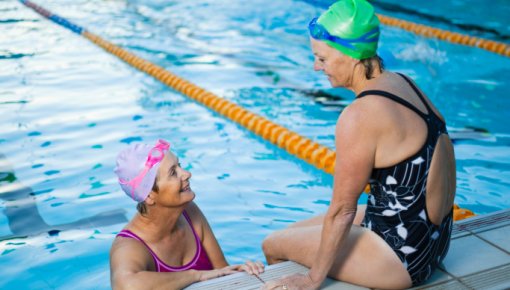What helps to get rid of athlete's foot?

Athlete’s foot is very common and usually doesn’t cause any serious problems. But it can make your skin itch and crack. The skin can also flake off and hurt. Sometimes the fungus spreads to toenails, and in rare cases it can also spread to other parts of your skin. The infection can usually be treated effectively with over-the-counter medications from the pharmacy.
The fungus that causes athlete’s foot grows particularly well in the areas between our toes, where it’s often warm and damp. In addition, the foot’s upper layer of skin (epidermis) contains a very high amount of keratin – a protein that the fungus feeds on. Topical treatment – for example with a cream or gel – is usually successful. Tablets are needed only very rarely.
To prevent infection, it’s a good idea to wear flip-flops at the swimming pool or in the sauna. Paying close attention to hygiene also helps to stop others from being infected. If you already have athlete’s foot, you should change your socks and towels often, and wash them at 60 degrees Celsius (140 Fahrenheit) or higher.
